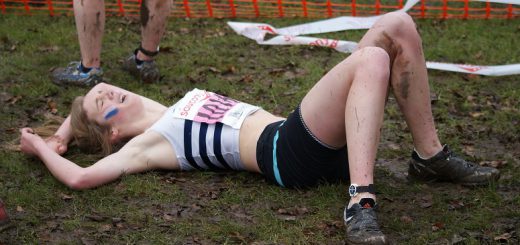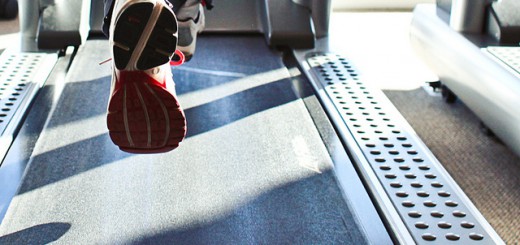Running Tips for Beginners
Don’t run tomorrow, run today
I personally would never look at a training plan that started with Day 1 = Rest and it always amazes me the number of training plans I see that do so. Today is the only day that matters and if you don’t start your training plan today, the chances are you won’t start it tomorrow. If it’s important enough to you, you’ll start it today.
You don’t need expensive sports drinks
Second on the list of running tips for beginners is that you don’t need to waste your money buying expensive sugary ‘sports drinks’. Unless you are experienced at exercising with these products and/ or are looking to run super-quick times I would avoid them and stick to water. Water contains all the hydrating properties the body needs. If you need a little more taste, add some sugar-free cordial.
If you are new to running or are not running for long periods you do not need to consider anything other than water and a good balanced diet to support your new running career. Do not get fooled by the plethora of sports drinks advertised on TV promising to make you run faster for longer. It’s a gimmick. These drinks are often full of sugar, are expensive, and can often lead to digestionary problems. During the run, provided you were hydrated from the start, your body should cope quite nicely for up to an hour without additional fluids.
When you get to the stage where you are looking for marginal gains and are considering hydration and nutrition seriously then you can weigh up the benefits of a such drinks. For now, just get out there and enjoy your run without the complication.
Vary your route so you don’t get bored
There can be some comfort in plodding the same beaten track. You don’t have to think about where you are going for a start and if running with a watch it can allow you to easily assess any improvements in the distance you’ve achieved. That said, a good running tip for beginners is to vary your route where possible. These variations can give you experience of different terrains and gradients. After all, the body is a wonderful thing; it can adapt very quickly and so if you are running 5k on a nice flat road every other day, it’ll learn to be able to cope with that rather quickly but will possibly be left exposed if you then tried running uphill. Variation is the key.
There are many online mapping tools out there that you can use to plot routes and use routes other people have created. My favourite is mapmyrun.com as it’s free, easy to use, and it provides indication as to the gradient.
Don’t Worry if You Need to Stop
It is okay to stop. When you are first starting out running, or are returning to running after a long-term injury or a baby you may well need to stop. That’s okay, just get your breath back and kick-on again when you can. Remember where you had to stop and try and get past that point the next time you are running that route.
The 10% Rule
This one applies to beginner runners just as much as it does for experienced athletes. You should never increase your distance by more than 10% at a time. Obviously only a madman would attempt a marathon after only just completing his first 5k but it’s important to remember that 10% isn’t much when it comes to 5k. A 10% increase on 5k would see you running just 500 meters more to 5500 meters (or 5.5k). Take any increase in distance steadily to avoid any unnecessary injuries (aren’t all injuries unnecessary?).
What Goes in, Must Come Out
Try to avoid eating immediately before you go out for your run; try and get your meal/snack in at least 1-2 hours before you go out.
And unless you want to make some unfortunate pitstops along your running route try and avoid foods that are high in non-soluble fibre.
There are two types of fibre: water-soluble which is found mostly in fruits and vegetables and there is the non-soluble kind found mostly in whole grains. It takes about two hours for fibre in your body to leave the stomach and into the intestine so plan your pre-run intake accordingly. Either leave plenty of time for nature to take it’s course or leave the fibre-rich foods until after your run.
I once ate an entire pack of dried apricots before a run, foolishly thinking this was a decent source of carbs for running fuel…I only did it the once.
Instead, have a slice of toast, or a low-fat filled bagel; it’ll take a little bit of trial and error to find out what works best for you, but take my advise and stay away from the apricots!
Don’t skip the Warm Up
Remember to do some dynamic stretches before you start running or at least ease into your running pace gently. Your body will not thank you for going from cold to flat out at the kick of a heel. Studies have shown that dynamic stretches are more effective at reducing muscle stiffness and thus reducing the risk of tears than the static variety. They will also increase your heart rate and body temperature in preparation for the task ahead.
It’s important to note that static stretching still has its time and its place – it’s important for increasing motion and flexibility, but for warming up your body needs dynamic stretches.












Hi Matt, I’ve just started running and am interested in using your plans to get faster, but they seem to require that I know my pace to the nearest 10s/mile. So what’s the best way of knowing what my pace is while I’m running? I’m using Strava on my phone but don’t want to be staring at that all the time. Is it best to have set routes where I know the distance at certain points, or do I really need to buy a runner’s GPS watch? Might be useful to comment on this on your beginners page.